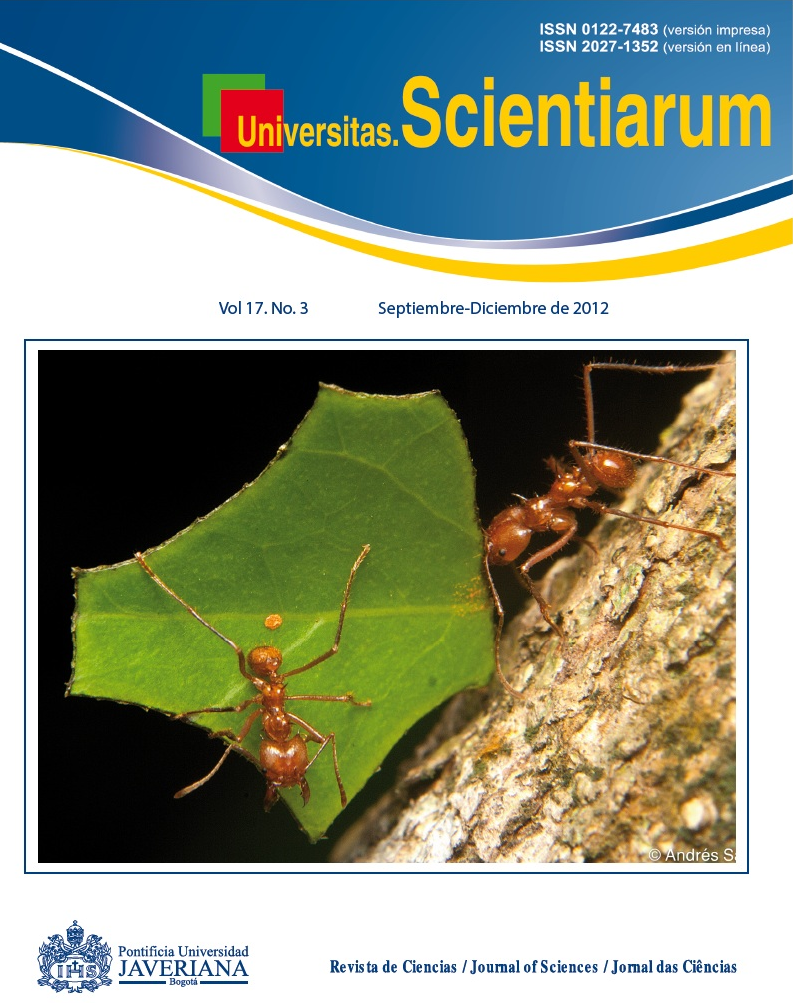Abstract
Using the “pull and wait” (PNW) simulation protocol at 300 K, we studied the unfolding by force of an ubiquitin molecule. PNW was implemented in the CHARMM program using an integration time step of 1 fs and a uniform dielectric constant of 1. The ubiquitin molecule, initially solvated, was put under mechanical stress, exerting forces from different directions. The rupture of five hydrogen bonds between parallel strands β1 and β5 takes place during the extension from 13 to 15 Å, defines a mechanical barrier for unfolding and dominates the point of maximum unfolding force. The simulations described here show that given adequate time, a small applied force can destabilize those five H-bonds relative to the bonds that can be created to water molecules; allowing the formation of stable H-bonds between a single water molecule and the donor and acceptor groups of the interstrand H-bonds. Thus, simulations run with PNW show that the force is not responsible for “ripping apart” the backbone H-bonds; it merely destabilizes them making them less stable than the H-bonds they can make with water. Additional simulations show that the force necessary to destabilize the H-bonds and allow them to be replaced by H-bonds to water molecules depends strongly on the pulling direction. By using a simulation protocol that allows equilibration at each extension we have been able to observe the details of the events leading to the unfolding of ubiquitin by mechanical force.
Univ. Sci. is registered under a Creative Commons Attribution 4.0 International Public License. Thus, this work may be reproduced, distributed, and publicly shared in digital format, as long as the names of the authors and Pontificia Universidad Javeriana are acknowledged. Others are allowed to quote, adapt, transform, auto-archive, republish, and create based on this material, for any purpose (even commercial ones), provided the authorship is duly acknowledged, a link to the original work is provided, and it is specified if changes have been made. Pontificia Universidad Javeriana does not hold the rights of published works and the authors are solely responsible for the contents of their works; they keep the moral, intellectual, privacy, and publicity rights. Approving the intervention of the work (review, copy-editing, translation, layout) and the following outreach, are granted through an use license and not through an assignment of rights. This means the journal and Pontificia Universidad Javeriana cannot be held responsible for any ethical malpractice by the authors. As a consequence of the protection granted by the use license, the journal is not required to publish recantations or modify information already published, unless the errata stems from the editorial management process. Publishing contents in this journal does not generate royalties for contributors.



